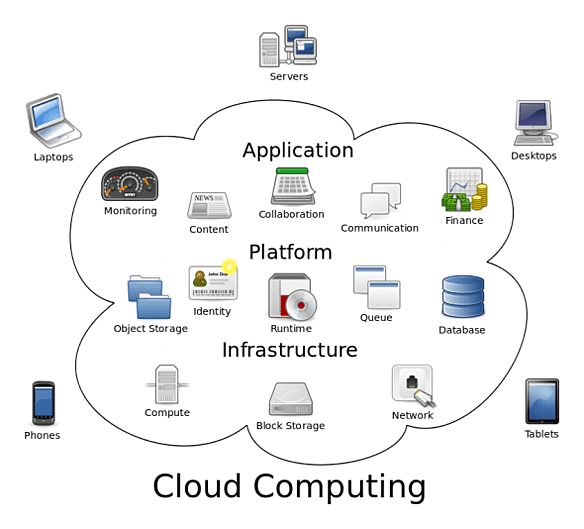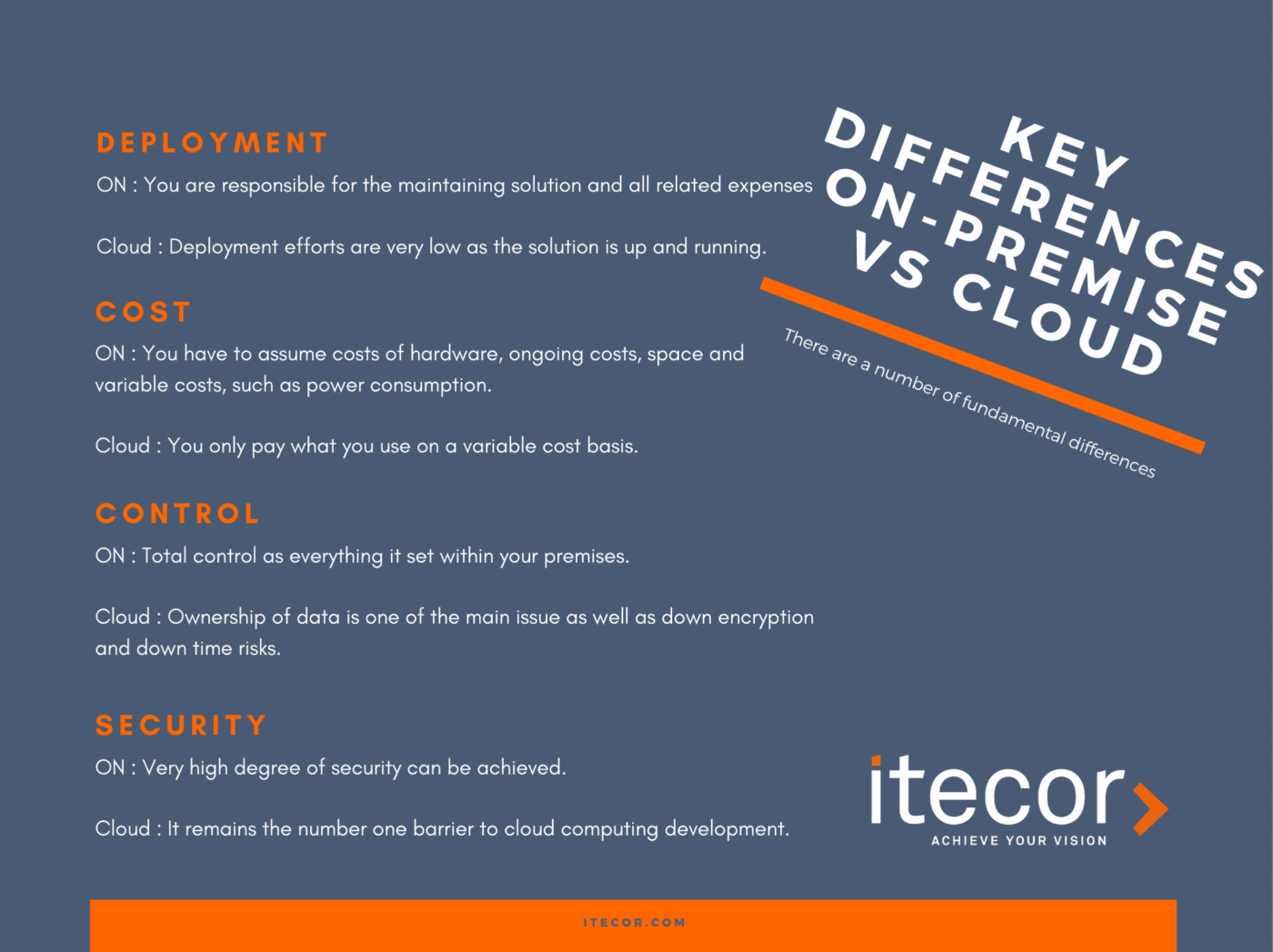Definition
Cloud computing is the on-demand availability of computer system resources, especially data storage (cloud storage) and computing power, without direct active management by the user. The term is generally used to describe data centers available to many users over the Internet. Large clouds, predominant today, often have functions distributed over multiple locations from central servers. If the connection to the user is relatively close, it may be designated an edge server.
If some years ago, cloud computing was a concept that few people understood, things have changed lately as more and more people feel familiar with this concept. Furthermore, the recent crisis forced us to go deeper into understanding the way it works, its benefits but also its risks.
Cloud computing is the first step. Cloud automation is what could trigger many more benefits as it can enhance security, save precious time, and help home office for example.
Most people are now using a public or private cloud. We are now accepting that the main computing takes place on a remote machine and not directly to our own.

Source: https://www.globaldots.com/blog/cloud-computing-benefits
Benefits
Cost reduction
Maybe the main benefit of cost reduction is the reduction in Capex spending. It enables you to seriously reduce costs as you don’t have to invest in hardware, facilities, and even large teams of IT specialists.
Data Security
As we witness almost every day, cybersecurity has become a serious issue. Cloud computing can help to reduce the risk as the hardware are implemented in highly secured places and offers advanced security features that most business could not afford on their own.
Scalability
As for security, scalability at a reasonable cost can only be achieved through cloud computing. It is easy to scale up or down in size, speed, or technical requirements. Furthermore, it minimizes the risks associated with in-house operational issues and maintenance. Finally, whatever your initial requirements, you start with zero investment up-front.
Mobility
Having a cloud computing service in place allows you to work from everywhere, to get access to your data from where you are having only the bare essential with you.
Risks
While cloud computing has many benefits, it has also some risks linked to it.
Control over the technology
The first one is that you lose control over the technology used. You have to choose what suits you best and then, you have to give up control. You can not rely anymore on proprietary technology. So you have to choose carefully.
Lock-in
Once you have set up your complete system in the cloud, you may face the risk of platform lock-in where the cost of changing partner is so high that it becomes difficult, even though you feel you should, to change platform.
Compliance requirements
Depending on your business, your compliance requirements could be so high that it will only fit an in-house solution. It can be a cloud solution but one that you fully control and that you will not share with anyone. Thus, the benefits linked to the “usual” cloud solution are mostly lost.
On-Premise vs Cloud

Total Cost to Ownership
Purchasing IT component or services imply costs. The total cost of ownership (TCO) aims at finding out exactly how much in total will cost your choice, all things considered.
Before moving forward, one issue to address is that you need to know exactly what the total cost of cloud computing is. It is more complex than you may imagine and is very important to make an informed decision.
We are not going into too many details here but we note a few important points:
TCO of cloud computing is very much domain- or enterprise-dependent.
Once you have calculated the TCO of a cloud-based solution, you discover that cost saving is probably not the main argument to choose such an option. Flexibility and scaling are probably much more important. Agility and time-to-market can make a world of difference depending on your business structure.
You have to put in perspective TCO with your existing investment in hardware and people as well as the timing of a possible change from one solution to the other.
To sum up, if you go by cost data alone, you may save some operational expenses in the short term but missing the real TCO of changing to cloud computing.
Conclusion
Addressing all the real-time challenges of a cloud migration cannot be outlined in one article, We try to outline things to consider before you start this process. It is crucial to take the time to think about the whole project before moving forward as well as taking advice from an experienced consultant who will be able to guide you through this complicated journey.
Share your cloud migration experiences with us in the comments below.
Do you want to know more about Cloud Automation? Click here.
More info about Itecor? Find out more here.
References:
https://www.globaldots.com/blog/cloud-computing-benefits
https://en.wikipedia.org/wiki/Cloud_computing
https://cloudacademy.com/blog/cloud-migration-benefits-risks/
https://www.cleo.com/blog/knowledge-base-on-premise-vs-cloud
https://www.cloudtp.com/doppler/cloud-computings-elusive-total-cost-ownership/
Tags:




